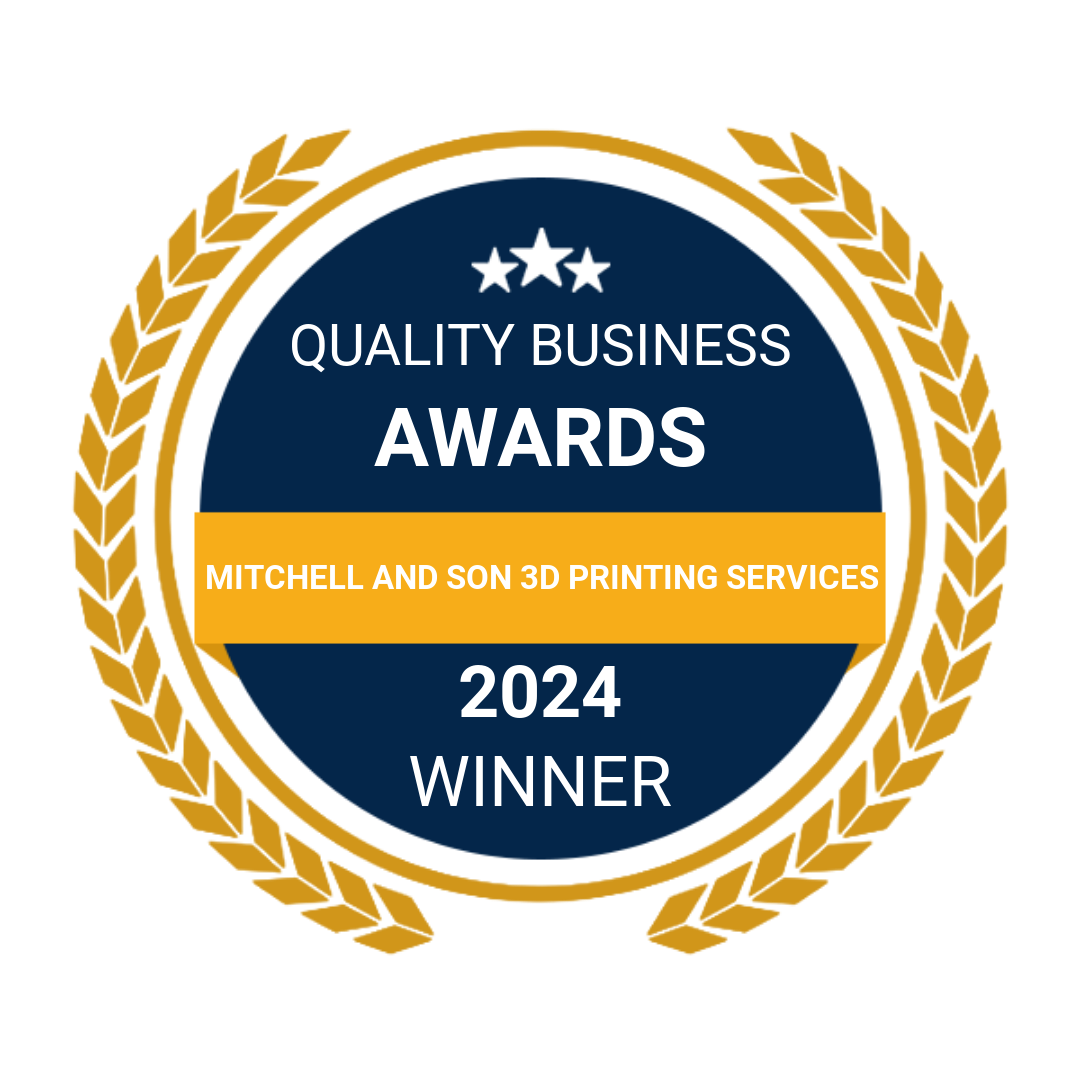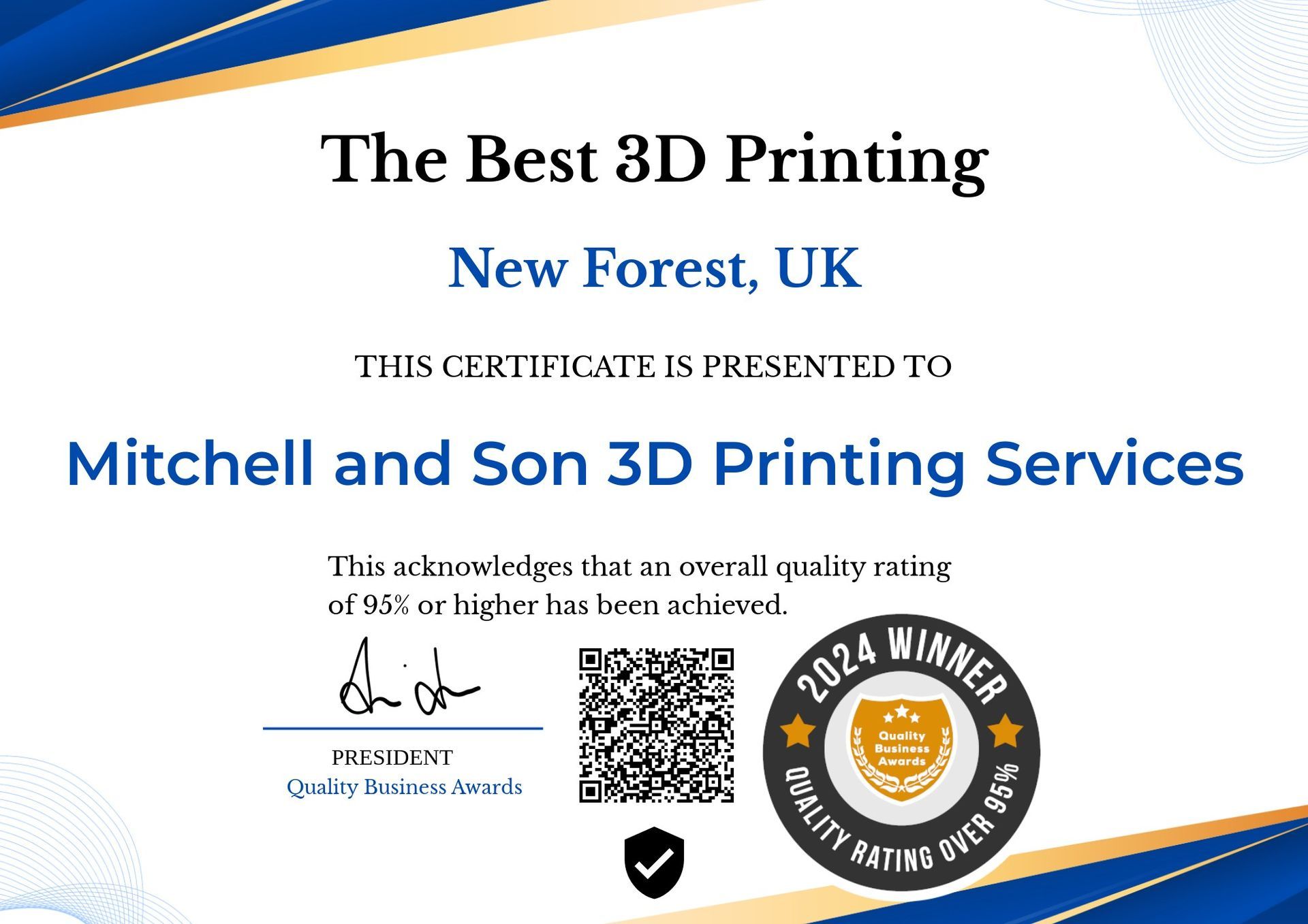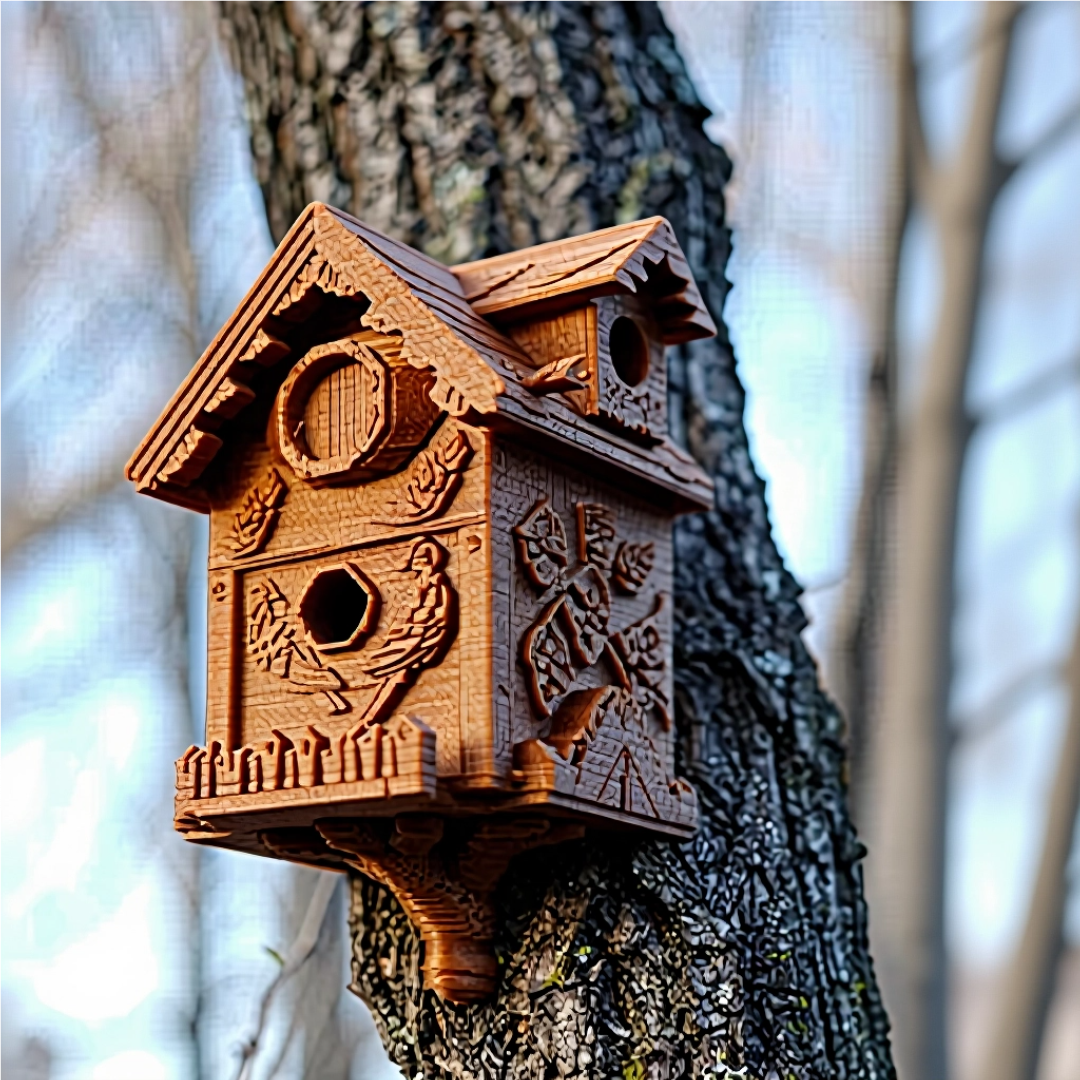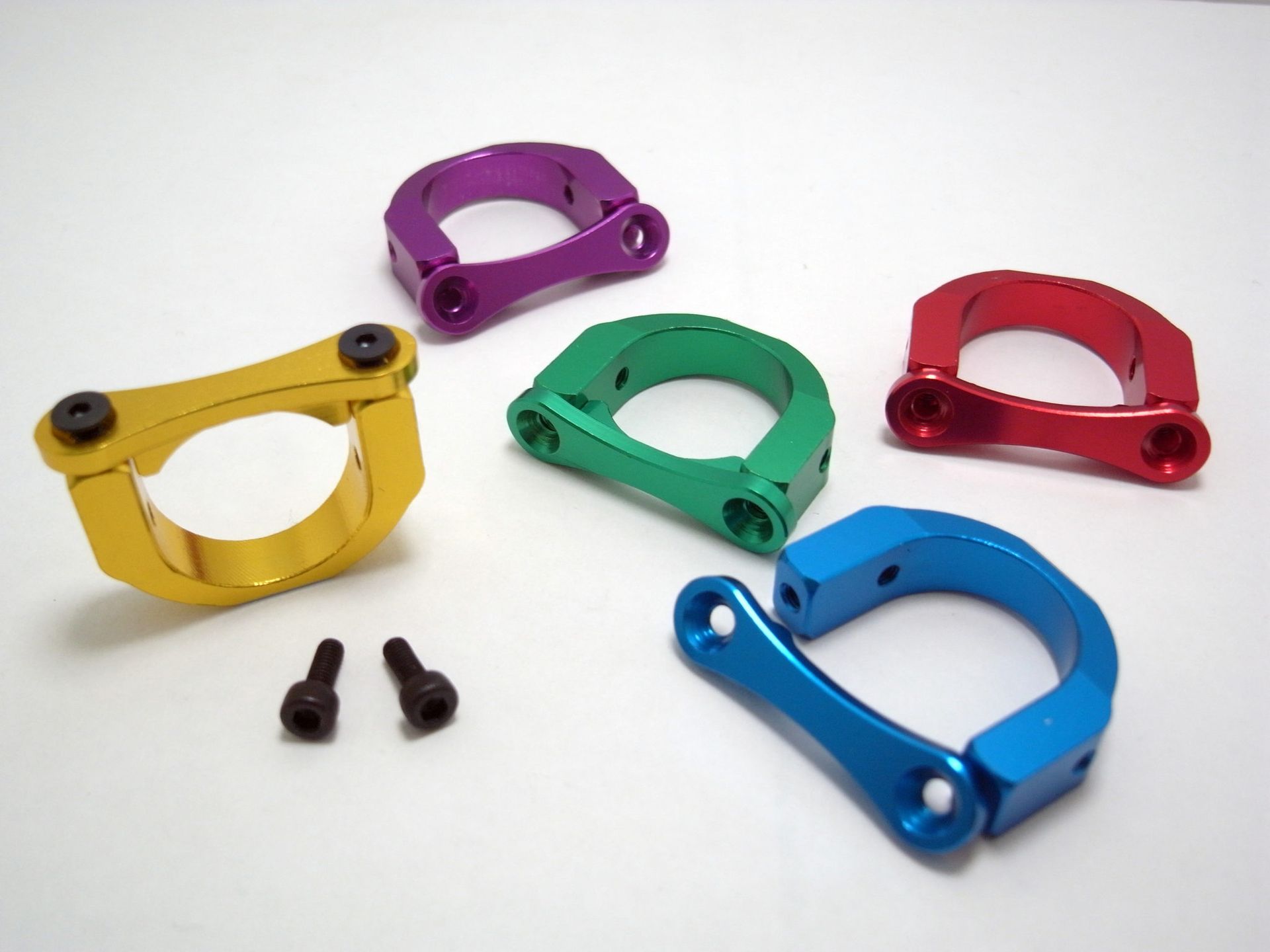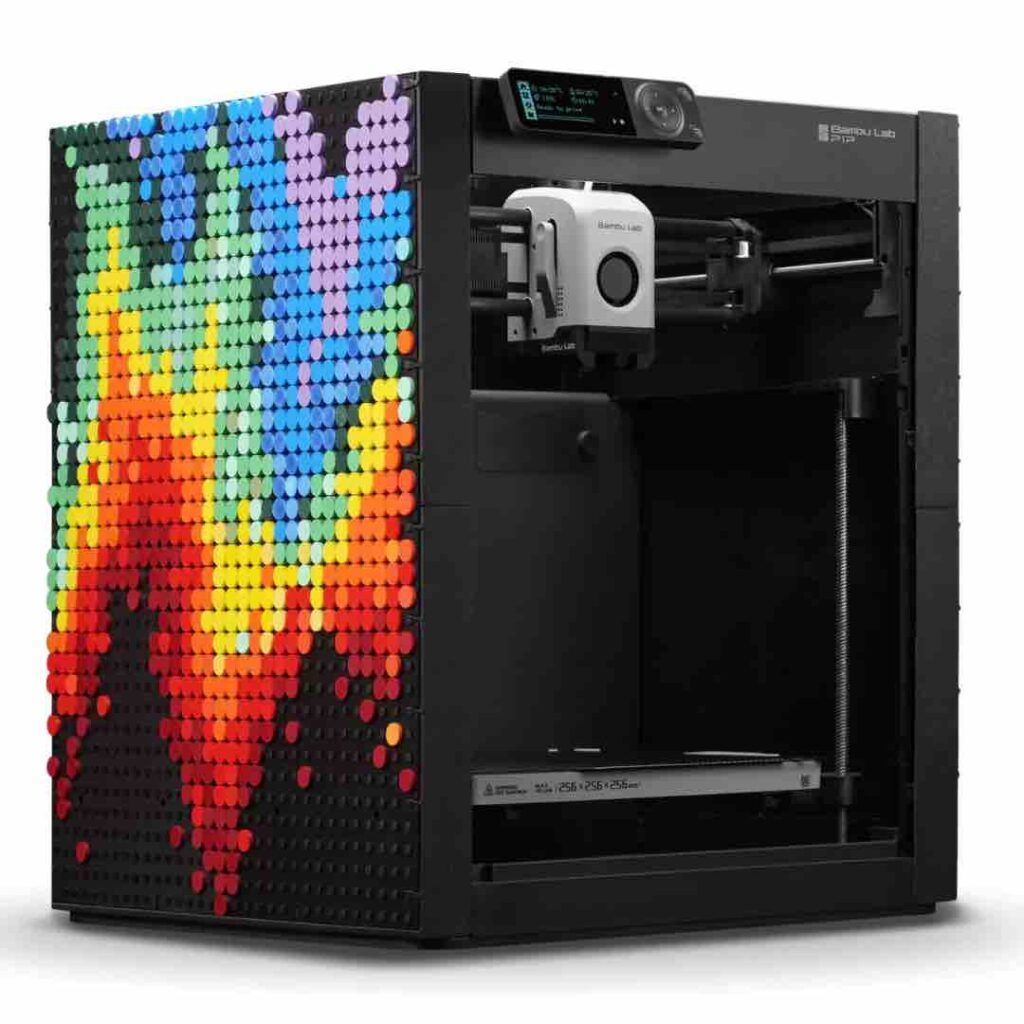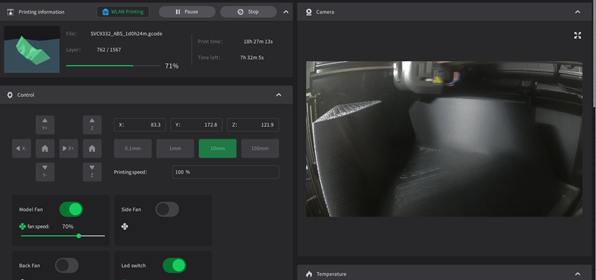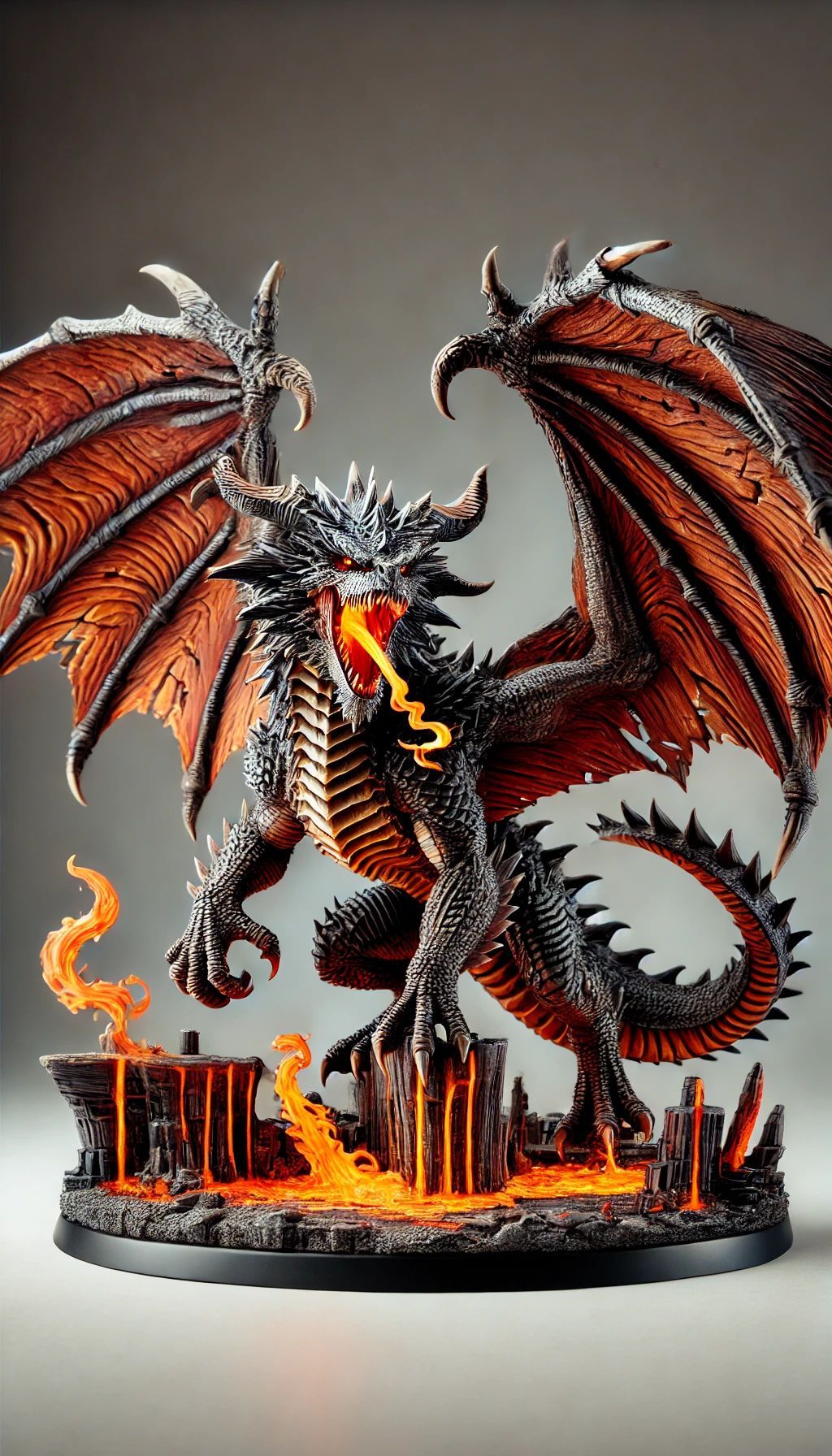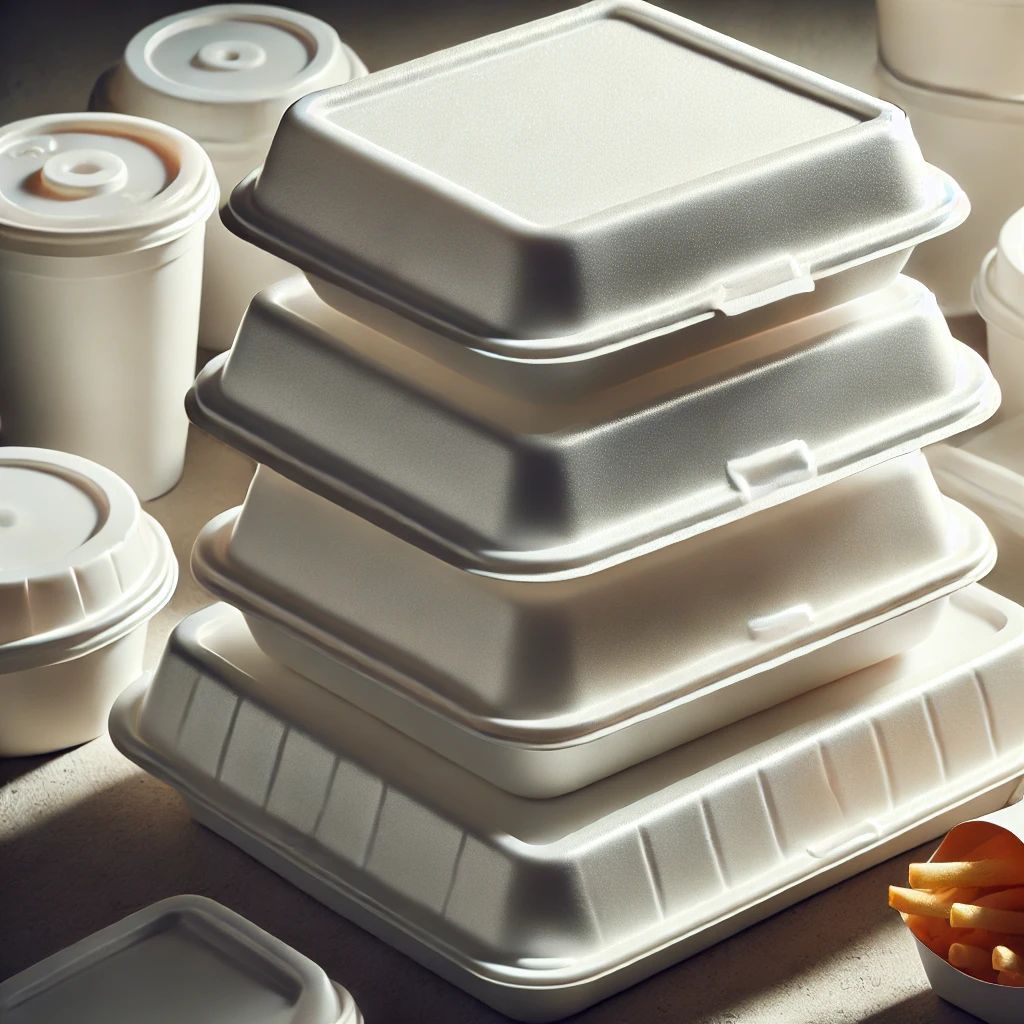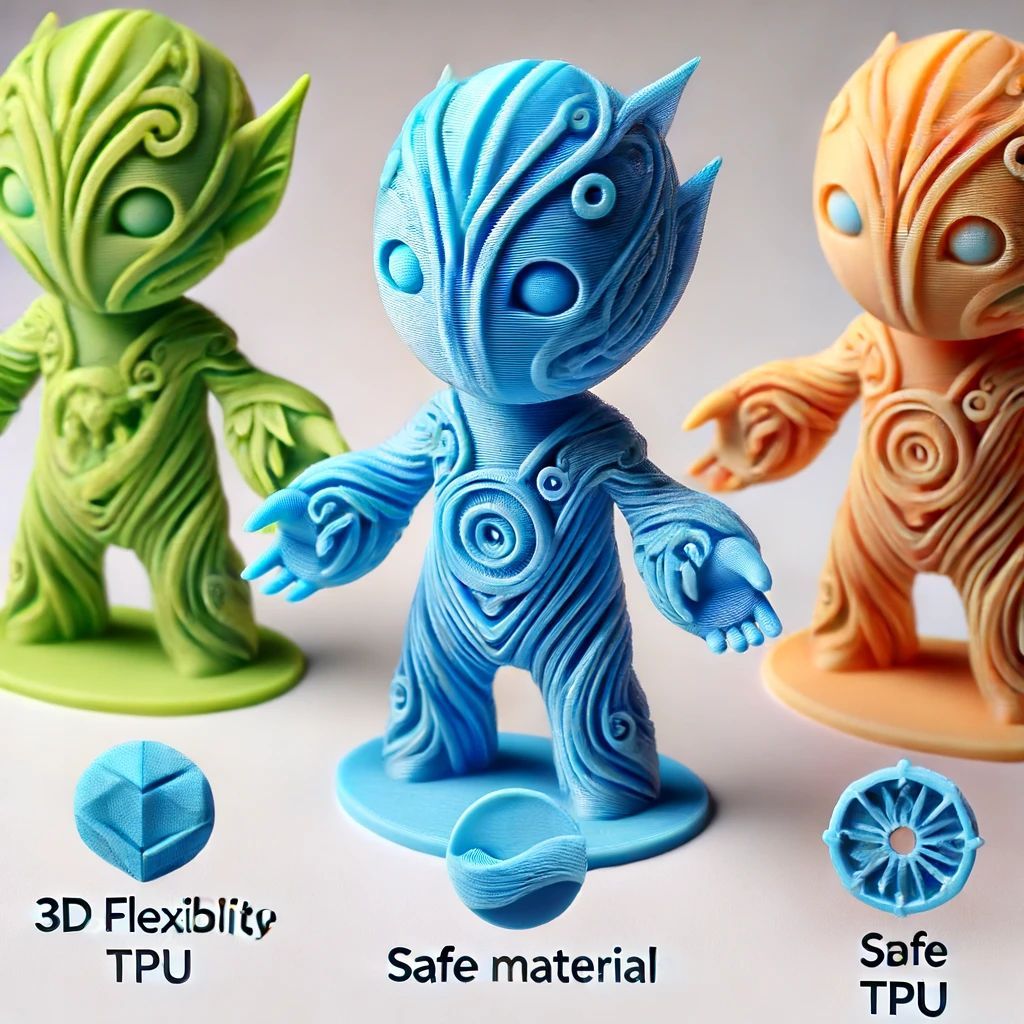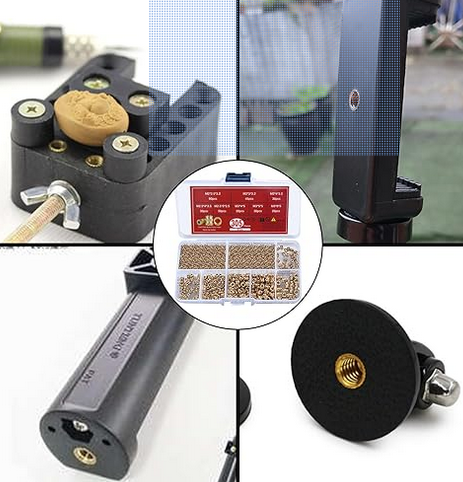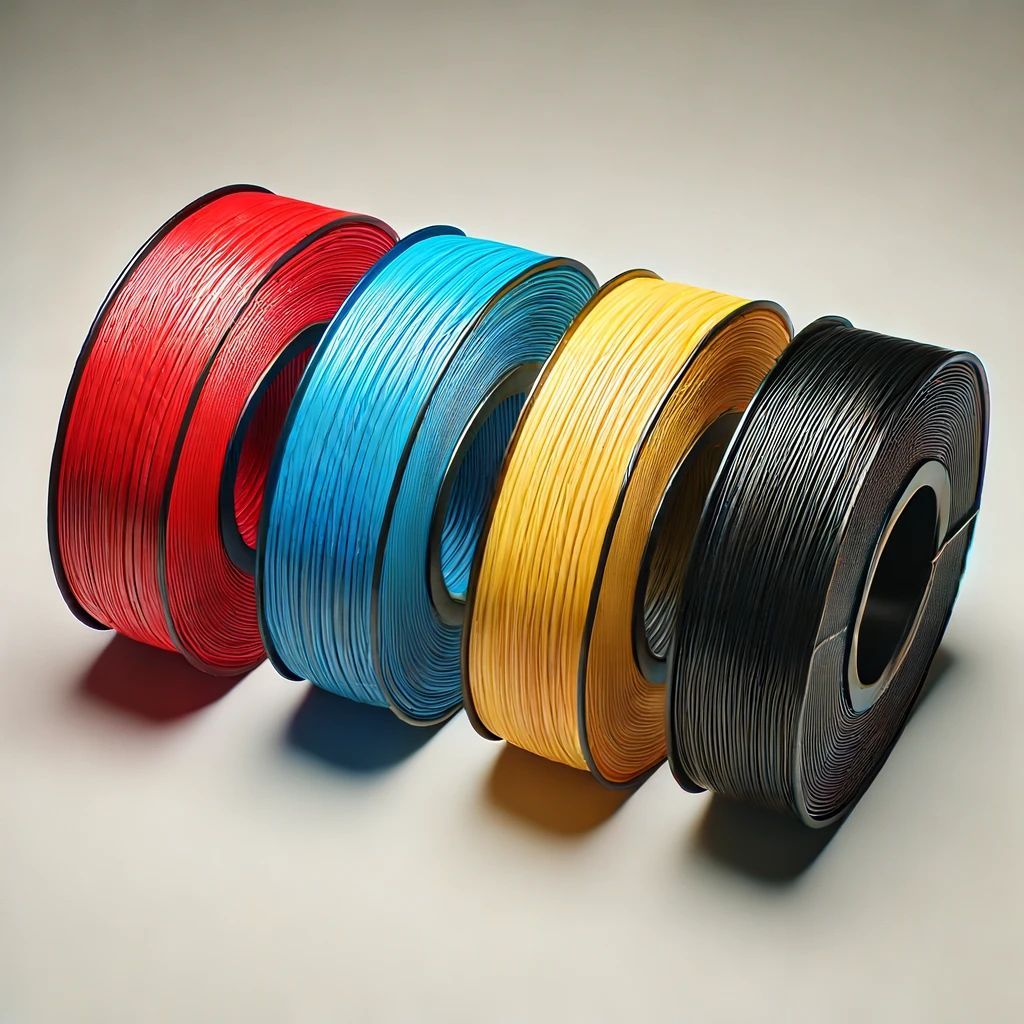3D Printed Spare Parts vs CNC Machined
3D Printed Spare Parts vs CNC Machined, which is the most cost effective and has the best lead time?

When it comes to manufacturing parts for your products, you want to find a process that is not only cost-effective, but also meets your production needs. Using 3D printing as a method of creating parts can be beneficial in a number of ways. With so many different types of additive manufacturing processes and techniques available, it’s essential to know which one is the best fit for your business and product. When comparing 3D printed spare parts vs CNC machined parts, there are several factors you should consider before making a final decision.
3D Printed Spare Parts
As its name implies, 3D printed spare parts are manufactured through a 3D printing process. This process can be used to create both functional and non-functional parts. Firstly, the design of the part is created through a CAD (computer-aided design) software. This CAD software can then be used to generate a digital file that will be fed into the 3D printer. The 3D printer then reads the digital file and creates a physical part based on the information in the digital file. The 3D printer will use a material, such as thermoplastic, to create the part. This method of manufacturing is great for creating complex parts with intricate internal features. This is because the CAD software can be programmed to add internal features into the digital file that will be included in the 3D printed part.
3D Printed Prototypes
Depending on the type of prototype you’re creating, there are a few different 3D printing processes that could be right for your business. When designing a new product, it’s important to have a prototype created to test the functionality of the product and to confirm that it meets the design requirements. There are 3D printing processes that can be used to create both functional and non-functional prototypes. For example, if you’re designing a new product, you could use a 3D printing process to create a functional prototype of the product’s internal components. This could be used to test the functionality of your product.
Here are a few other examples of prototypes that can be created using different 3D printing processes: -
Visual or Appearance Prototype – This prototype is used to visualize the appearance of your product. Approaches to creating this type of prototype include 3D printing a model out of a sand-like material or creating a visual prototype with a computer program.
- Functionality Prototype – This prototype is used to test the functionality of your product. This might be the type of prototype that you’d use when the product is fully functional and has the same dimensions as the final product.
- Mock-Up Prototype – This type of prototype is used to create a mock-up of your product’s appearance. This could be used if you’re creating a product with a complex design or one that is made out of a very hard material.

CNC Machined Spare Parts
CNC machined spare parts are manufactured through a CNC (computer numerical controlled) milling machine. This type of machine uses a special cutting tool, called a cutting tool, to remove material from a piece of material or workpiece. The workpiece is mounted on a machine bed, which is guided by CNC controls. CNC machining is great for creating parts with intricate internal features or that require a smooth finish. This is because the CNC machine can be programmed to create very intricate cutting tools that will create intricate internal features in the final product.
CNC machining is often used to create functional parts that are very similar to the end-product. This means that they may not have intricate details to them, but they’re designed to fit the product perfectly and function as intended. CNC machining is also commonly used to create non-functional parts that are used as a mock-up or prototype.
CNC Machined Prototypes
CNC machining can be used to create both functional and non-functional prototypes. A prototype can be used to test the appearance and functionality of your product. CNC machining is a beneficial process for creating prototypes because the design of the part can be programmed into the CNC machine. This means that the prototype can be created with the exact dimensions of the final product. CNC machining is often used to create visual prototypes, which are used to test the appearance of your product. This type of prototype can be created using a sand-like material.
However, it’s also possible to create visual prototypes using a computer program that creates a visual representation of what your product will look like. CNC machining is also used to create functionality prototypes, which are used to test the functionality of your product

Key Differences Between 3D Printed Spare Parts and CNC Machined Parts
- Design - 3D printed parts can be designed and manufactured very quickly. CNC machined parts need to be designed and manufactured according to their complexity. - Complexity - 3D printed parts are limited to the CAD design, whereas CNC machined parts can create more complex designs. - Cost - CNC machined parts are more expensive because they can be created with complex designs, while 3D printed parts are made from materials that cost less. - Delivery Time - 3D printed parts can be manufactured and delivered quickly, while CNC machined parts are dependent on their complexity. - Material - CNC machined parts are manufactured from metals, plastics, and other materials, while 3D printed parts are made from thermoplastic materials. - Manufacturing Process - 3D printed parts are manufactured after the design is created, while CNC machined parts are designed based on the design. - Surface Finish - CNC machined parts are smooth and seamless, while 3D printed parts have a rougher surface.
Benefits of 3D Printing for spare parts and prototypes
- Low Minimum Quantity - 3D printing is an excellent option for manufacturing a low quantity of parts since it can be automated to produce large numbers of parts at once. CNC machining is often used for low volume production, but 3D printing can produce larger quantities. - Engineering Changes - When engineering changes are made, it’s easy to update the CAD design for 3D printed parts. This allows you to quickly make changes to the design and create new parts. With CNC machined parts, the design needs to be updated manually, which can be time-consuming. - Complex Designs and Features - 3D printing allows you to create complex designs and features that would be impossible to create with CNC machining.
Limitations of 3-D printing for spare parts and prototypes
- Material Limitations - 3D printing is limited to the materials that can be processed through the machine. CNC machining can be used to create parts from a wide variety of materials. - Complexity - 3D printing is limited to the complexity of the CAD design. CNC machining is limited to the complexity of the design. - Durability - 3D printed parts may not be as durable as CNC machined parts. - Lead Time - 3D printing is faster than CNC machining, but the lead time is dependent on the complexity of the design. - Quantity - 3D printing is ideal for low quantity production, while CNC machining is used for low and high volume production. - Surface Finish - 3D printed parts may have a rougher finish, while CNC machined parts are polished and seamless.
When to use 3D printing for spare parts?
When designing a new product, it’s important to create mock-ups and prototypes that can be used to test the functionality of the product. 3D printed parts are an ideal option for creating these prototypes. CAD software can be used to design a part that can be printed in a 3D printer. This is beneficial because the part can be created with the exact dimensions of the final product. CAD software can be used to design a spare part that you need to create a mock-up or prototype. This will help you create a part that will be used in the real product.
When to use 3D printing for CNC machined parts?
When designing a new product, it’s important to create mock-ups and prototypes that can be used to test the functionality of the product. 3D printed parts are an ideal option for creating these prototypes. CAD software can be used to design a part that can be printed in a 3D printer. This is beneficial because the part can be created with the exact dimensions of the final product. CAD software can be used to design a spare part that you need to create a mock-up or prototype. This will help you create a part that will be used in the real product.
3D printing is becoming more popular as technology advances and consumers are more aware of its benefits over traditional manufacturing methods. This is especially true for small businesses who need parts fast and don't have the budget for CNC machining or injection molding. The next time you need some custom designed parts, give 3D printing a try!

